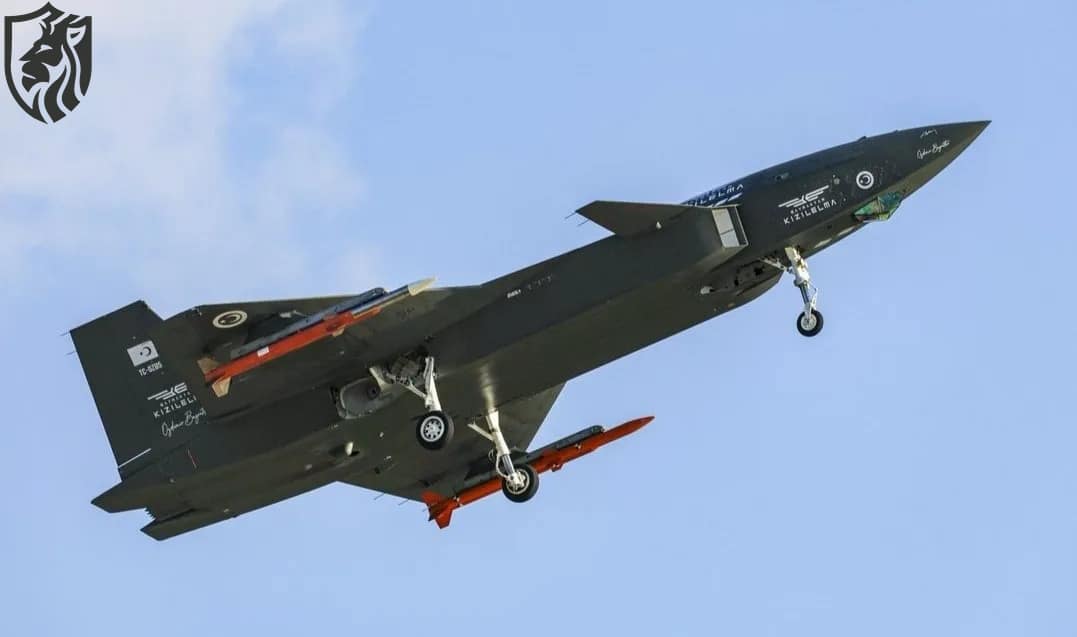
Keir Starmer
British Prime Minister Keir Starmer announced extensive defense reforms and budget augmentations, committing to convert Britain into a “battle-ready, armor-clad nation” while presenting the results of his government’s strategic defense review at the Govan shipyard in Glasgow. The rearmament measures include an announcement regarding the construction of up to twelve new attack submarines.

In the context of Type 26 frigates being constructed, Starmer declared intentions to increase defense expenditure to 2.5% of GDP by 2027, with the goal of attaining 3% in the subsequent Parliament, contingent upon economic and fiscal circumstances.
The increases signify “the most substantial sustained rise in defense expenditure since the conclusion of the Cold War,” stated the prime minister.
The UK will markedly augment its nuclear-powered, conventionally armed submarine fleet, as announced by Starmer, with the government acquiring and UK shipyards constructing up to twelve new SSN AUKUS-class vessels.
Ammunition Factories
The prime minister announced an increase in production to enable the launch of a new submarine every 18 months. The initiative is part of an extensive industrial expansion plan, which includes the construction of “at least six new ammunition factories.”
The government asserts that this will create over 1,000 jobs and produce “thousands of new long-range weapons,” thereby supporting approximately 800 more positions.
Yesterday, UK Defence Secretary John Healey announced the government’s intention to procure 7,000 new cruise missiles.
Three Main Priorities
The review sets three main priorities for Britain’s armed forces. The fir The first priority is to transition to “warfighting readiness” as the core mission. Second is boosting NATO contributions through a “NATO first” policy. The third is accelerating innovation “at a wartime pace.”
Starmer announced a £15.3 billion ($20.3 billion) investment in the sovereign warhead program. This British nuclear weapons initiative will create 9,000 jobs and thousands more in the supply chain. He described the move as a “historic revitalization of Britain’s nuclear deterrent.”
The UK maintains a submarine-based nuclear second-strike capability. Its atomic warheads remain deployed in the world’s oceans at all times. The Prime Minister set a bold goal for the army. By 2035, he wants it “ten times more lethal” through new technologies.
Plans include integrating drones, destroyers, artificial intelligence, and aircraft across all military branches. He pledged to “end the depletion of our armed forces.” He also promised “the largest military pay raise in 20 years.”

Conclusion
The government intends to create a “hybrid Royal Navy” that integrates drones with conventional warships and submarines for patrolling the North Atlantic, in addition to investing in air and missile defense systems to enhance the protection of these islands.
Characterizing the expenditure augmentations as a “defense dividend” for the workforce, Starmer contended that the investments would stimulate “employment and investment nationwide” while offering “local opportunities, skilled labor, and community pride.”
The announcement occurs as Britain confronts threats that Starmer described as “more serious, more immediate, and more unpredictable than at any time since the Cold War,” referencing warfare in Europe, emerging nuclear dangers, and daily cyber assaults.
“We recognize that threats are escalating, and we must respond decisively to confront Russian aggression,” stated Healey.
References
- UK Government—Strategic Defence Review 2025
- Royal Navy—Submarine Service
- BBC News—Starmer promises ‘battle-ready’ Britain with defence boost
- AUKUS Security Pact Explained – UK Parliament
- MOD: UK Warhead Programme Details
- NATO—The United Kingdom’s Defence Commitments
- Financial Times—UK aims to boost defence spending amid global threats
- Defense News—Britain to ramp up cruise missile procurement
- The Guardian—UK unveils largest defence investment since Cold War
- Reuters—Starmer’s defence plans mark sharp shift in UK policy









